The green is the biggest of our three woodpeckers, and rather different from both the spotted varieties in looks, sounds and habits.
The call we’re most likely to recognise is the loud, gull-like, laughing cry that gives them their traditional name, ‘yaffle’.
(Fans of Bagpuss will remember that Professor Yaffle is a woodpecker, with the twist that he’s made of wood rather than making holes in it.)
There’s some disagreement as to whether this ought to be described as the bird’s song, but it’s certainly the sound the carries far and wide in the spring when green woodpeckers are pairing up again after winters spent alone.
Green woodpeckers do drum a little too, but it’s discreet, and tends to be given around the nest hole. When we hear drumming we’re much more likely to be listening to the increasingly common great spotted woodpecker.
In fact a green woodpecker spends less time in the trees than most other kinds of woodpecker.
Much of their day is spent on the ground, deploying their disturbingly long tongue in search of ants.
The green woodpecker’s tongue is around four inches long - so long that it’s coiled around the bird’s skull when at rest.
And when inserted into an anthill its sticky coating ensures the removal of any grubs with which it comes into contact.
The green woodpecker’s ground-dwelling habits mean that our first view of them is often one of the bird’s bright yellow rump, disappearing away from us, low to the ground.
The undulating flight is distinctive: a few strong flaps propelling them forward and upwards, then dipping a little, then flapping again. As they beat their wings they often let out an offended kik-kik-kik.
Although they need trees to nest in and retreat to, it’s the availability of those ants that’s a better clue as to where we’ll find them. Large garden lawns and grassland in parks are good, when not overly manicured, and also heathland and the clearings in open woodland.
So listen out for a loud laugh, high in the trees, and watch out for a disappearing yellow backside.
Green woodpeckers can be found across most of Europe. In the UK they are resident across most of England, but are more patchy in their distribution in western Wales and much of Scotland, and entirely absent from the island of Ireland. For more on the their behaviour and ecology in the UK, see the BTO website.
Thanks for reading and listening. This is the thirteenth instalment in 2024’s cycle of Shriek of the Week. You can catch up with Blackcap, Nuthatch, Starling, Chiffchaff, Collared Dove, Wren, Dunnock, Great Spotted Woodpecker, Robin, Great Tit, Song Thrush and Blackbird (that last one includes an explanation of how this all works in 2024).
For those in a position to do so, taking out a paid subscription to Shriek of the Week supports me to write more and improve what I do each year. It also gets you an invitation to our livestream odyssey Early Bird Club call, and discounts to some in-person events in the UK.
Birdsong Academy now booking:
Half-day birdsong ID walkshops in Stanmer Park (Brighton)
*New date added - Saturday 18 May 2024*Dawn Chorus experiences at The Secret Campsite, East Sussex (camping optional!)
Friday 12 April (five tickets left) and Friday 10 May.
Up With The Birds - our ‘crowdsourced dawn chorus’ (free, April & May)
The Birds of Alnmouth, with Tom Cadwallender (free Zoom talk, 23 April 2024)
Media credits:
Audio: Lawrence Shrove / The British Library on Soundcloud
Image: Pixabay





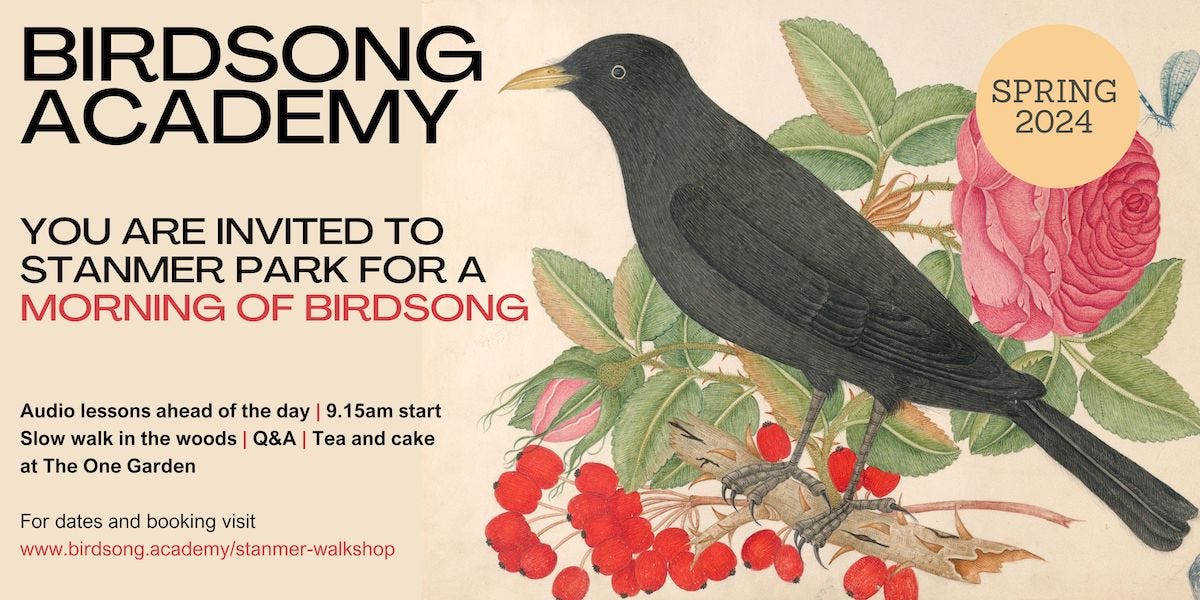

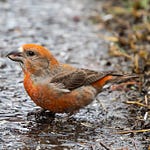

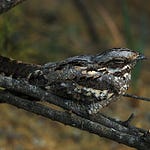
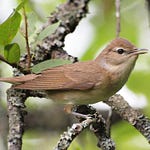

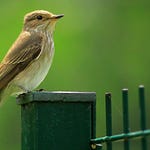


Share this post